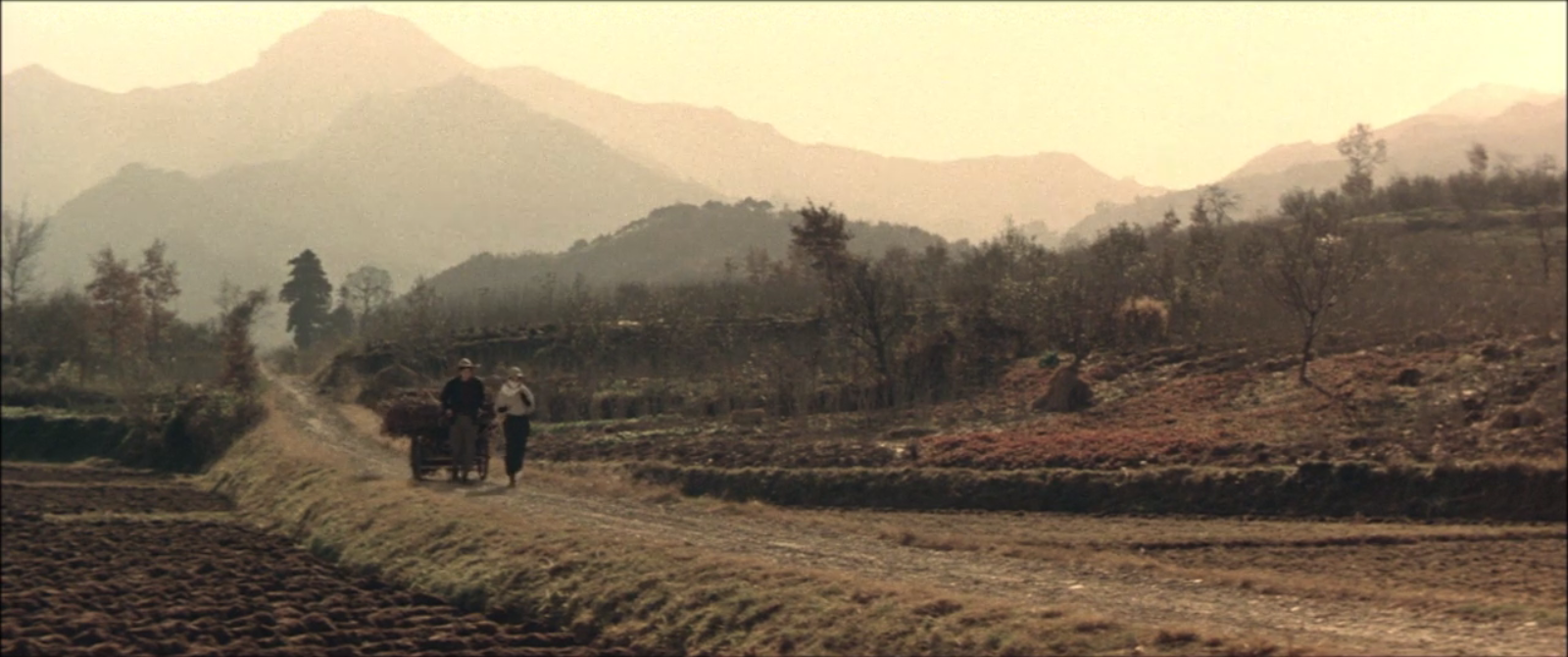Analysis of “There Was A Father”, 00:54:00 – 00:59:59
In prewar/wartime Japan, and postwar Japan to some extent, the clothes, especially women’s, convey various implications as to the social/cultural roles, status and psychology of the character. This implication is clearly evident in Ozu’s films. In Ozu’s prewar, wartime films, majority of female characters wear kimonos, while male characters are dominantly in western clothes. However, after the war, the (young) female characters are completely converted to the western dress, as can be evidenced by “Late Spring”. Noting that “Late Spring” and “There Was A Father” or “Brothers and Sisters of the Toda Family” are only less than ten years apart, …



